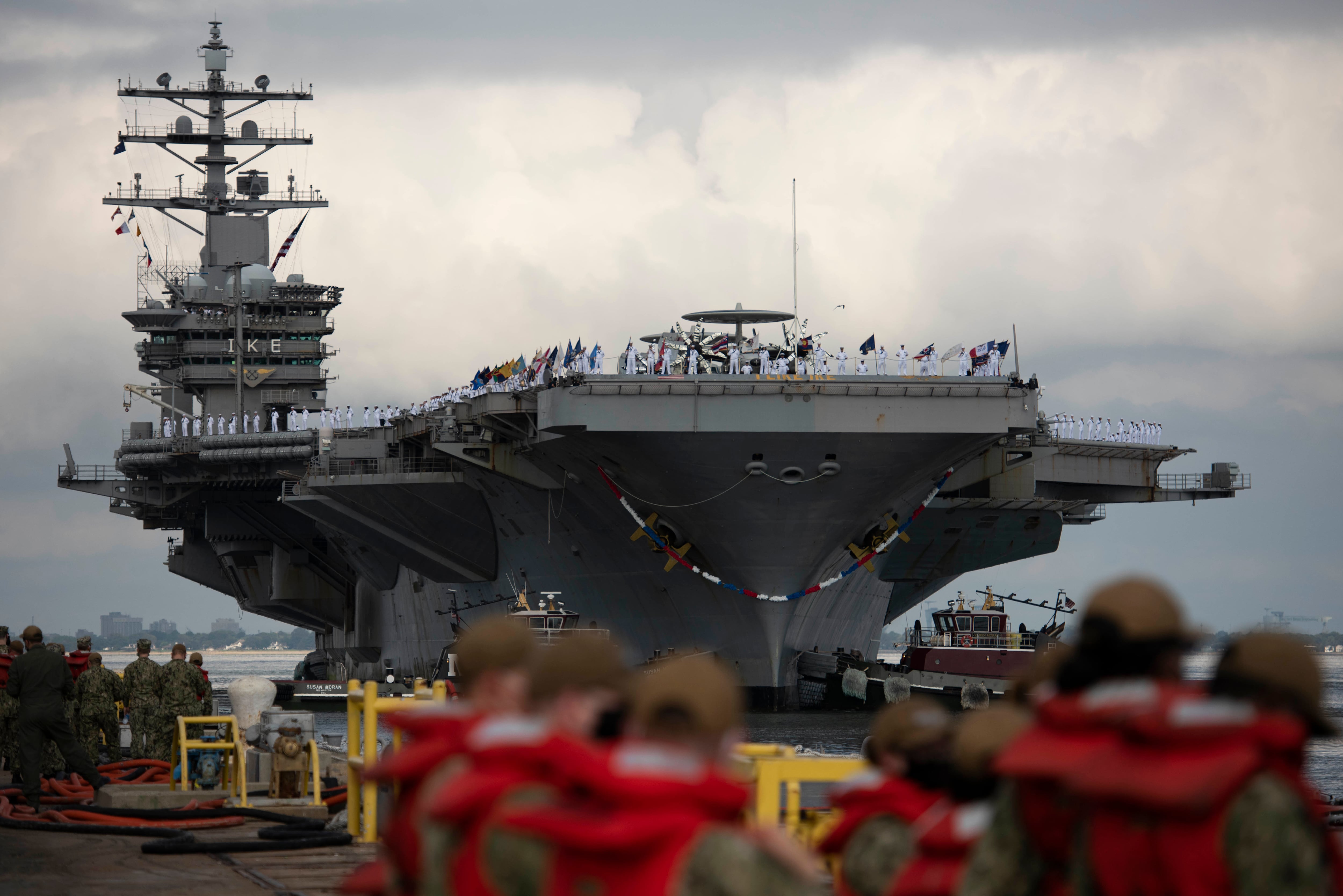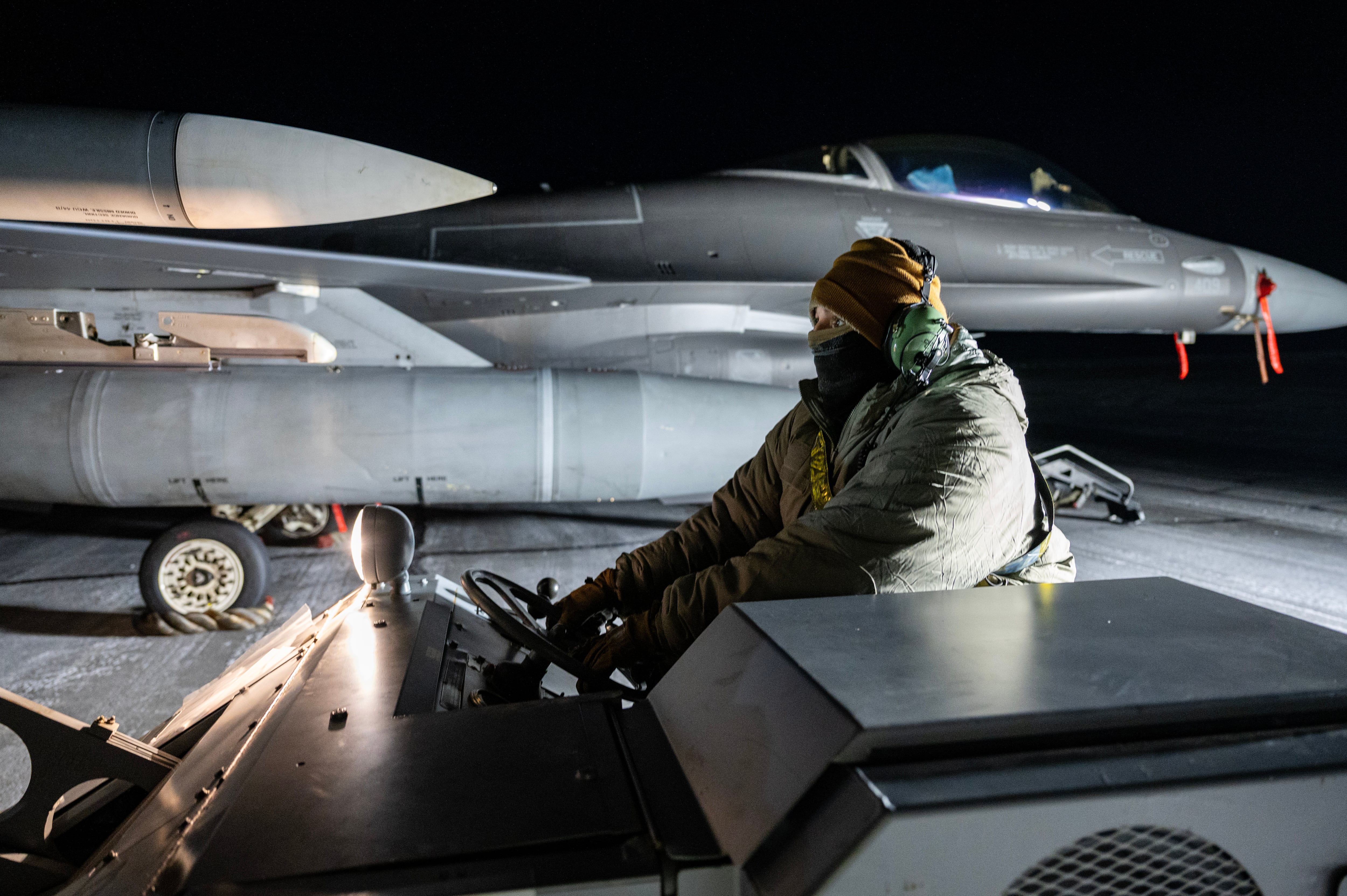WASHINGTON — After shattering the U.S. Navy’s modern record for consecutive time at sea, the carrier Dwight D. Eisenhower is preparing for another deployment early next year just six months after returning.
Two deployments within the same readiness cycle, colloquially known in the fleet as a “double pump” deployment, used to be seen as something of an anomaly: a break-glass-in-case-of-emergency maneuver that puts enormous strain on the crew and the equipment.
But the decision to redeploy Eisenhower early next year is the second double-pump carrier deployment in as many years and will almost certainly send the 43-year-old ship into another extended period of repairs, experts said. Furthermore, the move raises questions about why the deployment is necessary at all, when the military is supposed to be focusing on readiness and moving away from running its forces ragged.
The Eisenhower’s latest deployment was uniquely terrible for the crew, which endured an uninterrupted seven months at sea due to restrictions placed on port visits during the COVID-19 pandemic. The ship itself is closing in on its 50-year hull life, meaning that, like any classic car, it needs ever-more and ever-longer periods of heavy maintenance as steel wears out, pipes erode and electrical systems start to go on the fritz.
Ike’s redeployment also seems to cut against an effort to build in more reserve readiness in the Navy’s carrier strike groups, an initiative spearheaded by former Defense Secretary Jim Mattis.
RELATED
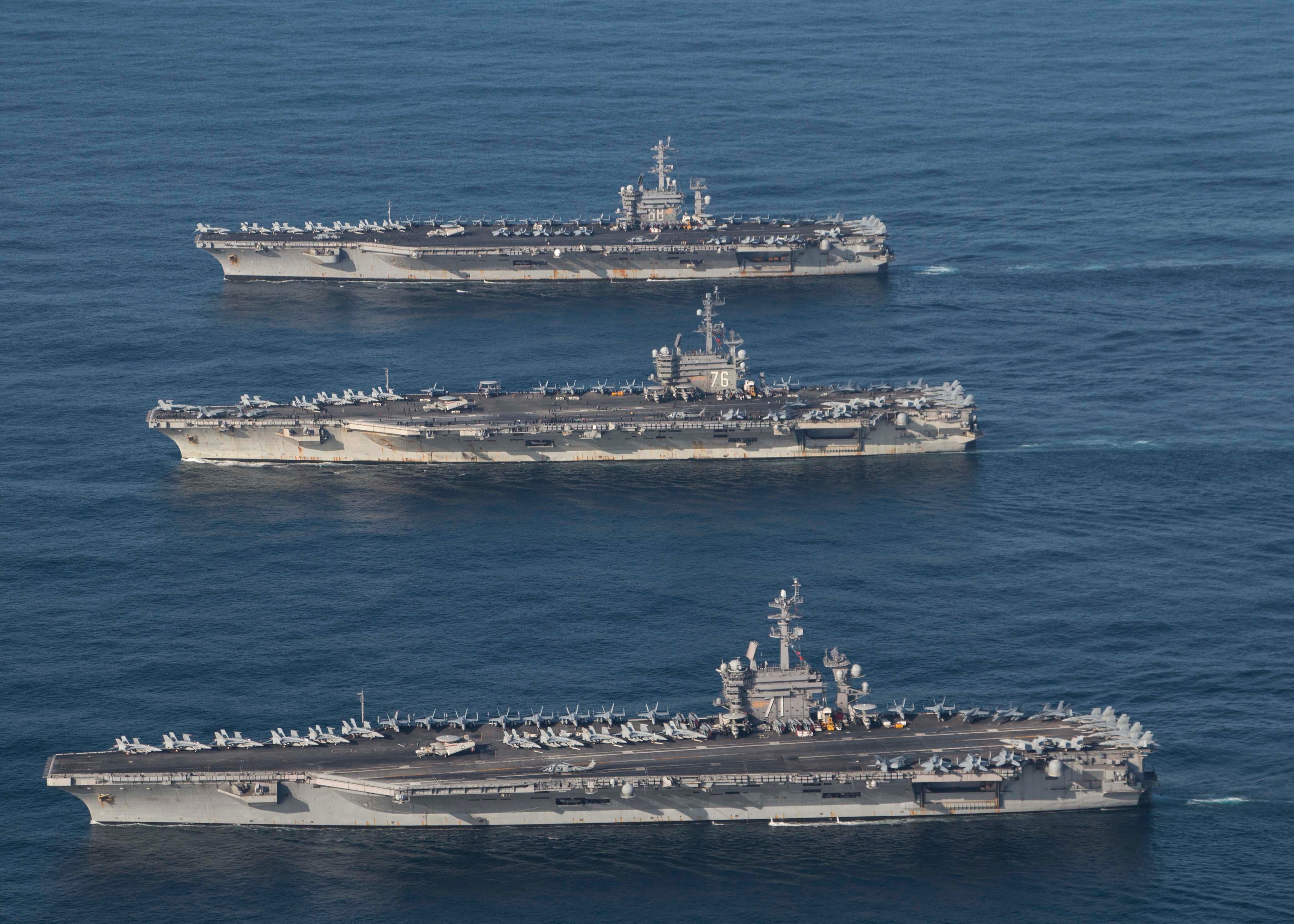
In the wake of the Trump administration’s rollout of the National Defense Strategy, Mattis talked about the need to stop overextending the carrier force, and spoke specifically about needing to get away from operational predictability where an adversary could predict years in advance where the U.S. Navy’s carriers would be.
“That’s a great way to run a shipping line,” Mattis told the House Armed Services Committee on April 12, 2018. “It’s no way to run a Navy.”
Mattis told House lawmakers that it was time to take a critical look at the way the Navy deploys its carriers. In an era of great-power competition with China and Russia, Mattis described the Navy showing up where it is not expected, making deployments less burdensome to the fleet and its families but more worrisome to a potential adversary.
“The way you do this is [to] ensure that preparation for great power competition drives not simply a rotational schedule that allows me to tell you, three years from now, which aircraft carrier will be where in the world,” he told House lawmakers. "When we send them out, it may be for a shorter deployment. There will be three carriers in the South China Sea today, and then, two weeks from now, there’s only one there, and two of them are in the Indian Ocean.
“They’ll be home at the end of a 90-day deployment. They will not have spent eight months at sea, and we are going to have a force more ready to surge and deal with the high-end warfare as a result, without breaking the families and the maintenance cycles — we’ll actually enhance the training time.”
For what?
Perhaps the biggest question, given the direction from Mattis, is if this deployment is necessary at all, a question not for the Navy but for the current Secretary of Defense Mark Esper who ultimately adjudicates requests for forces regional combatant commanders.
Experts and analysts have for years questioned, for example, the value of sending carriers to deter Iran given the enormous strain it puts on the Navy to constantly provide flattop presence in Central Command. In recent years, the military has shown more willingness to take chances with leaving Central Command without a carrier.
In September of 2018, USNI News reported that the U.S. Navy was at a 25-year low for carrier deployments as the force tried to reset from the years of burnout and overuse, and in recent years the Navy has left the Middle East bereft of a carrier for months at a time.
But the current commander of U.S. Central Command, Marine Gen. Kenneth McKenzie has been vocal about his desire to get carriers in the region.
During testimony on March 10, McKenzie told House lawmakers that the aircraft carrier “has a profound deterring affect principally upon Iran.”
“They know what the carrier is. They track the presence of the carrier. And I view a carrier as a critical part of a deterrent posture effective against Iran,” he said.
McKenzie went on to tell lawmakers he believes that the reduction in Navy carrier presence in early 2019 and years prior may have contributed to the latest cycle of escalation from Iran that came to a head with the U.S. assassination of Iranian Revolutionary Guard commander Gen. Qassem Soleimani and a retaliatory strike from Iran on U.S. bases in Iraq.
The carrier that relieved Eisenhower in Central Command most recently, the Nimitz, entered the Persian Gulf late last week, according to a U.S. 5th Fleet press release.
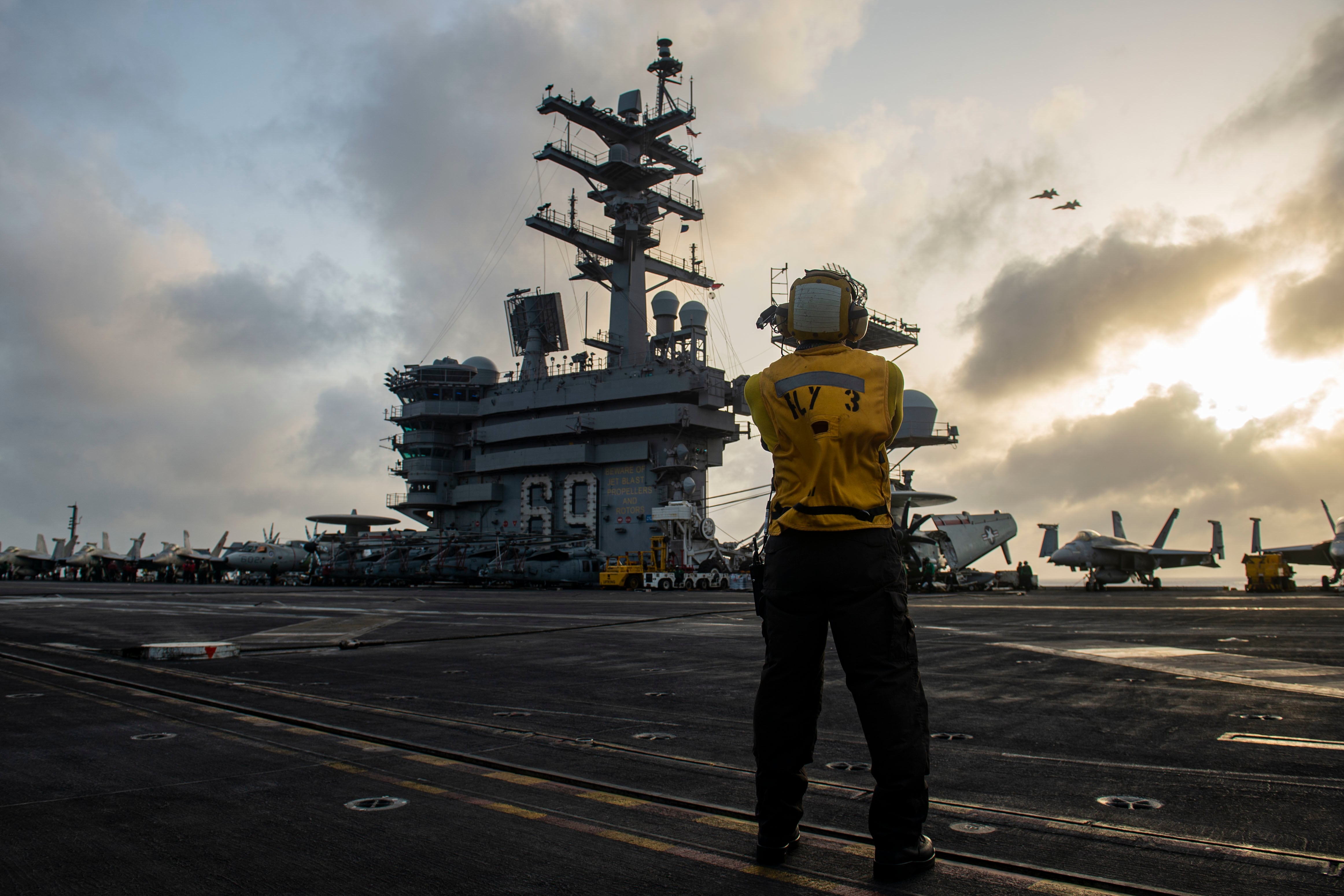
But some experts question the conventional wisdom that carriers in the region deter Iran, pointing to the very fact that Iranian malign activities in the region continue despite the presence of carriers.
“It’s an asinine strategy,” said Bryan Clark, a former senior aide to the chief of naval operations and now a senior fellow at the Hudson Institute, in a March interview. “The Iranians don’t perceive carriers and a threat to their ability to project power because they project power through gray zone activities and terrorism — the kinds of things that carriers aren’t very good at dealing with.”
“And when they are inside the Persian Gulf, the Iranians perceive them as being an easy target. They can range the entire Gulf with shore batteries along the coast in caves and other terrain where it’s hard to root them out,” he added. “So, the Iranians see the carrier as a way to get the Americans to spend a lot of money on a show of force that doesn’t really impact their strategic calculation.”
Jerry Hendrix, a retired Navy captain who is now an analyst with the Telemus Group, agreed, saying that while he did not have access to the intelligence that decision-makers might be looking at, there does not appear to be any pressing issues that would drive the military to exercise what is really an emergency measure of double-pumping the Ike.
“From a geo-strategic standpoint, there seems to be little reason to make this kind of a sacrifice of the Navy’s infrastructure,” Hendrix said. “You know, peace is breaking out in the Middle East between the Arab states and Israel, Iran is being isolated. It just doesn’t seem like there is a geo-strategic reason to have to ‘break glass.’”
Furthermore, given the Eisenhower’s age, any significant issues could mean the Navy risks losing the carrier all together, Hendrix said.
“This could have huge implications for the Navy in that, given the age of the Eisenhower, this may be her last hurrah,” he said. "When she comes home, based on how much she has been used, you would expect she would go into the yards for a lengthy availability because of what we’ve asked of her. And that extended yard period might not make sense.
“You know, two years in the yards in order to get to one more three-year cycle out of her may not be worth it. So, we might be burning out a flattop.”
An internal Office of the Secretary of Defense study obtained by Defense News earlier in the year called for the Navy to cut two carriers from its force structure. Last week, however, the head of the Navy’s aircraft carrier program Adm. James Downey said the service was mulling over service life extensions on the Nimitz-class carriers, according to USNI News.
Clark agreed that the deployment would put a lot of strain on Eisenhower that will be difficult to dig out from on an older hull. Perhaps a newer ship could take that beating, but Eisenhower will require more work at the other end.
“A lot of these carriers are getting old,” Clark said. "And using these ships to the degree we have been guarantees that you are going to have this more significant readiness hole that you’re going to have to dig out of on the back end.
"A newer ship you can maybe get away with deploying more frequently: The equipment is newer and can handle a higher operational tempo. But as the ship gets older, equipment that was designed to last the service life of the ship is now reaching that point. And if you deploy the ship too much you accelerate that, and you’ll have to start replacing stuff you were hoping to not ever have to replace.
“These readiness dips become deeper and deeper the older the ship gets.”
Classic car
When in 2018 Mattis described to the House Armed Services Committee in how requirements on the Navy’s carrier strike groups were breaking families and maintenance cycles, he may well have been thinking about the Eisenhower’s recent history.
The Ike deployed to the Middle East from June to December 2012, only to turn right back around two months later for another four-and-a-half months. That brought the total underway time for the Navy’s second-oldest carrier to 10-and-a-half months in a single year.
After Ike’s last double-pump deployment in 2012 and 2013, the ship spent two years in repairs from 2013 through 2015. The shipyard period was originally planned for 14 months, but the availability was extended after workers discovered significant issues in the propulsion plant.
Ike then went on a deployment in 2016 that “came at a price,” according to the ship’s commanding officer Capt. Kyle Higgins, and a follow-on six-month availability after that deployment turned into a nearly 18-month affair.
“If we look at IKE as a classic car … it has a lot of miles on it,” Higgins wrote in a 2018 post on the command Facebook page. "So, you take it to the shop and you know what needs to get done. But as happens on older cars, more things pop up. They all have to be taken care of so your car stays in the shop longer.
“This is the situation we’re in here on IKE: second- and third-order effects that we did not anticipate put us in a position where we need to requalify our Reactor Sailors for their watch stations in the plants.”
The Ike’s extension in the yards caused the carrier Truman to have to make a double-pump deployment last year.
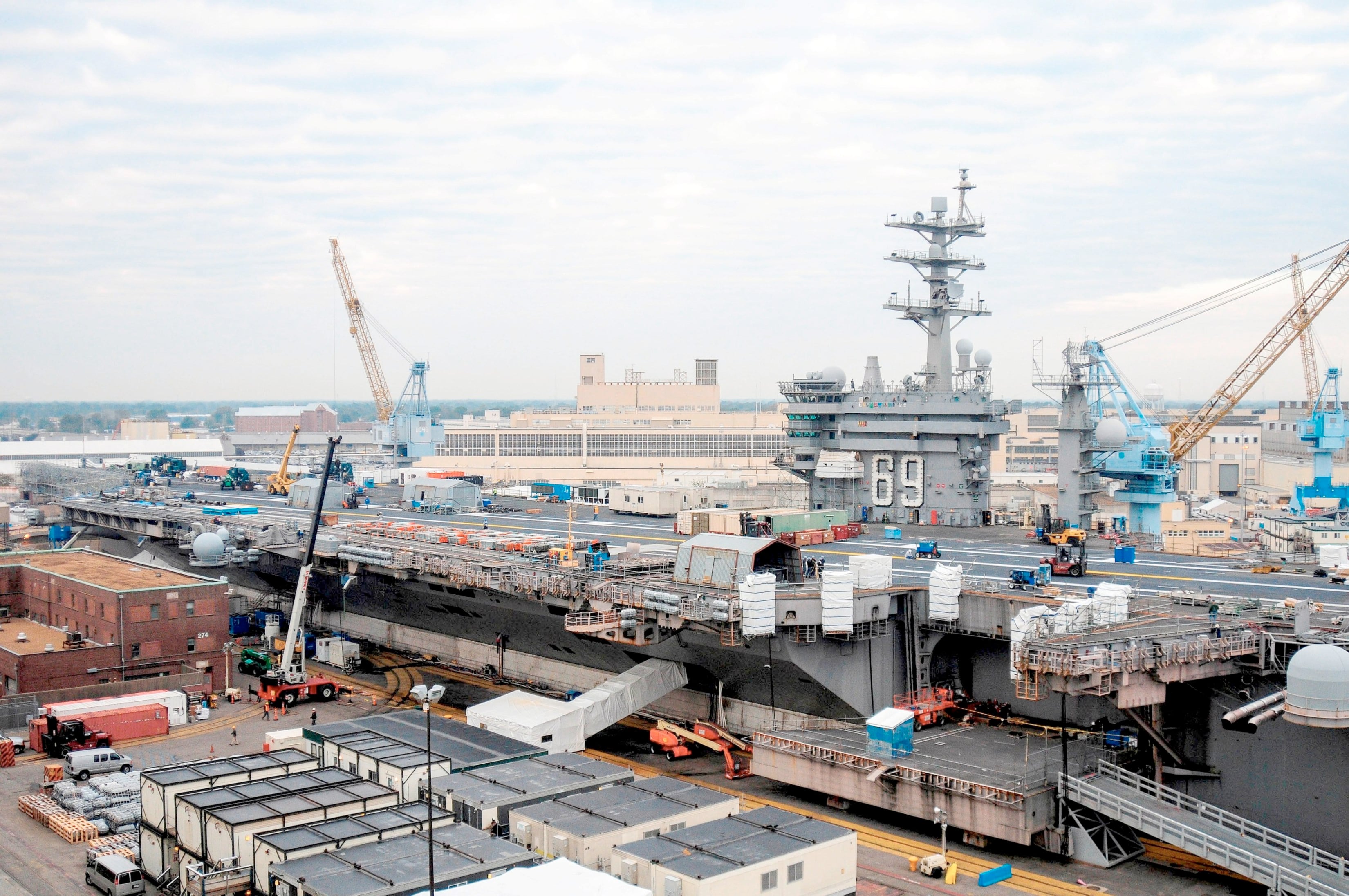
In an email, the U.S. Navy fleet’s deputy readiness officer said the service continues to manage the readiness challenges that forced Ike into a double pump in 2012 and 2013 as Fleet Forces Command implements its new deployment system, the “optimized fleet response plan.”
“We continue to recover readiness from the conditions that led to the introduction of OFRP in 2014,” Capt. Dave Wroe wrote. "Specifically, over consumption of readiness, lack of budget stability, and the resulting impact to the industrial base. At six years of OFRP maturation, we are experiencing tangible improvements with manning, mission capable rates, and ship availability performance.
“To continue that progress, readiness production planning looks out nine years, across the entirety of the fleet. Fully informed by personnel tempo (PERSTEMPO) and operational tempo (OPTEMPO) considerations, a second deployment per cycle is sometimes the best overall course of action to level-load readiness generation throughput and to preserve, if not advance, the productivity gains necessary to raise steady state readiness output.”
How’d we get here?
That the Navy can point to issues from eight years ago as the reason for an onerous double-pump deployment today may be surprising to some, but it speaks to the complicated and long-lasting effects of overusing the fleet.
Perhaps the biggest single factor that broke fleet readiness was a two-year standing requirement pushed by then-U.S. Central Command head Gen. Jim Mattis for the Navy to provide two carrier strike groups to the Persian Gulf. That requirement was only canceled when automatic across-the-board spending cuts in 2013 made it impossible for the Navy to fund it.
OFRP was designed in that 2013-2014 time-frame as the Navy, struggling to recover from the two-carrier requirement, was forced to deploy carrier strike groups and amphibious ready groups for nine-to-10 months at a time as it cycled more ships than the industrial base had capacity for through the shipyards. Adding to the complexity, the Navy had limited funding due to budget cuts triggered by a stalemate in Congress over spending.
The excess use wore hard on the ships and sailors who manned them and put more wear on the hulls than they were designed to sustain. That meant that when ships went in for maintenance, they were more broken than they were supposed to be and funding to fix them was hampered by the spending cuts.
For nuclear ships — submarines and aircraft carriers — the funding cuts were a double whammy of work stoppages and furloughs that contributed to a wave of retirements in the yards, meaning the public yards were understaffed and had to hire and train new workers. Work took longer, throwing a wrench into an already complicated system of generating readiness.
All that added up to significant delays in getting ships through their maintenance cycles and contributed to astonishing delays in attack submarine maintenance, especially, but also for aircraft carriers.
Big and complicated ships like aircraft carriers are especially hard hit by being overused, said Clark, the senior fellow at the Hudson Institute.
“It’s hard for people outside the Navy to recognize how much of a readiness debt it is to deploy an older ship like the Eisenhower like that,” Clark said. "When you force the ship deploy more than it was designed to deploy, especially a complicated ship like a carrier, so many things that fail or get degraded that it just takes a long time to dig out of that hole.
“And because the carriers are so large and complex, and because it’s hard to do the maintenance for them underway, the debt is very real and needs to be repaid.”
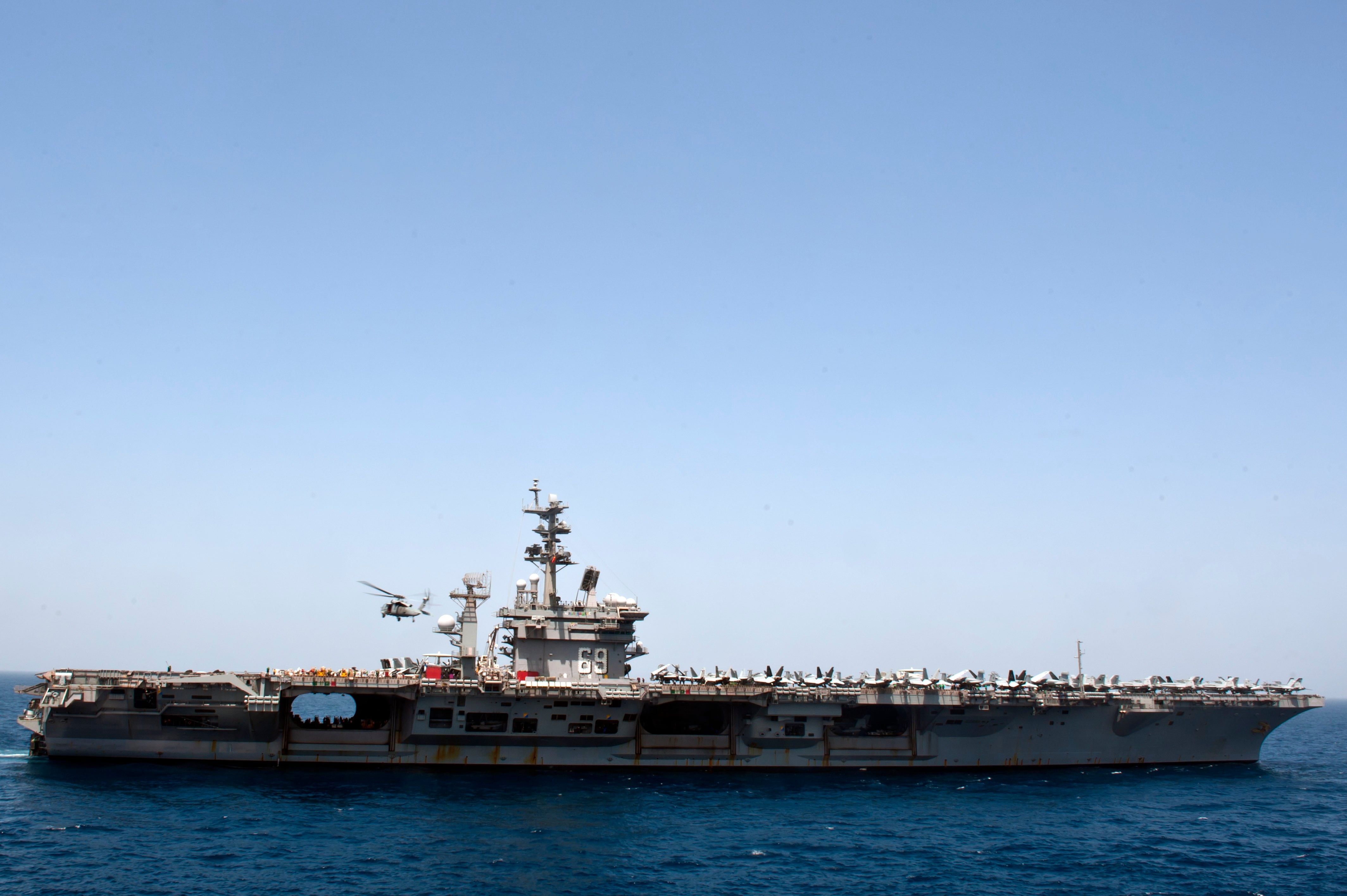
In his emailed statement, Wroe said the damage done to fleet readiness in the early part of the last decade was always going to take 10 years to recover from.
“It was clear at the inception of OFRP, and remains clear today, that it will take the entire 2015-2025 period to recover readiness and establish stable readiness production,” Wroe said. “That makes sense when readiness production is planned over nine years and large blocks of time have already been scheduled for depot maintenance periods.”
Further exacerbating the issue is a supply crunch created by the long delay to getting the carrier Gerald R. Ford ready to deploy. The Ford was initially supposed to deploy in 2018, but delays with getting the ship’s nearly 23 new technologies all in working and reliable condition have pushed back the timeline by at least four years.
The head of Naval Air Forces Atlantic said at the annual Tailhook symposium this month that Ford would be ready to enter the deployment rotation in 2022.
The carrier Bush, just 10 years old, has also seen its share of technical issues and is currently in a shipyard availability for more than two years to address long-standing technical issues with the ship’s plumbing system among other things. The extensive overhaul of Bush takes it out of the rotation for deployments.
In an emailed statement to Defense News, Rear Adm. Paul Spedero, U.S. Fleet Forces Commands’s fleet readiness officer, said the Eisenhower’s second deployment is provided for under the OFRP deployment model that has a post-deployment sustainment period built in to allow for just such as use. Still, the statement continues, the force needs to continue to focus on resetting even as it continues to provide ready forces overseas.
“The production of readiness is not a perpetual motion engine — consumption of readiness ahead (time) or above (number of units) of plan requires a reset,” Spedero wrote. "In the longer term, the Fleet must continue to reset and sustain readiness recovery while increasing the efficiency and effectiveness of readiness production.
“Readiness remains a priority focus for the Fleet, and today’s Navy is ready and capable. The Navy continues to operate forward with ready forces that are manned, trained, and equipped to conduct prompt and sustained combat operations at sea.”
“OFRP is too often viewed as a lockstep model, when the real value is how the Fleet integrates all of readiness and force generation [activities] of the Navy to generate ready forces that builds in agility, and constantly looks at the impact to long term production and health of the force with every decision.”
David B. Larter was the naval warfare reporter for Defense News.
